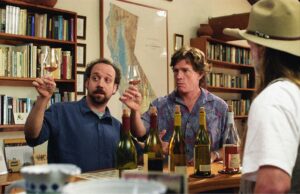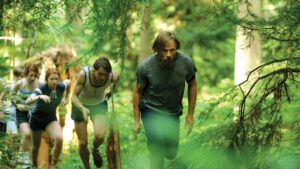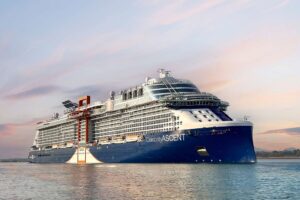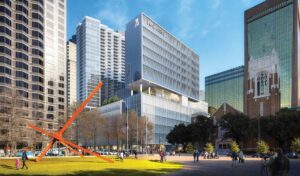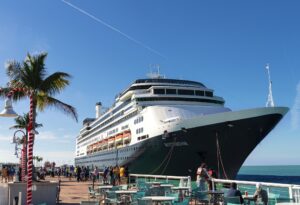The best of Panama – cultural wonders
17th February 2022
6 min. read
2062
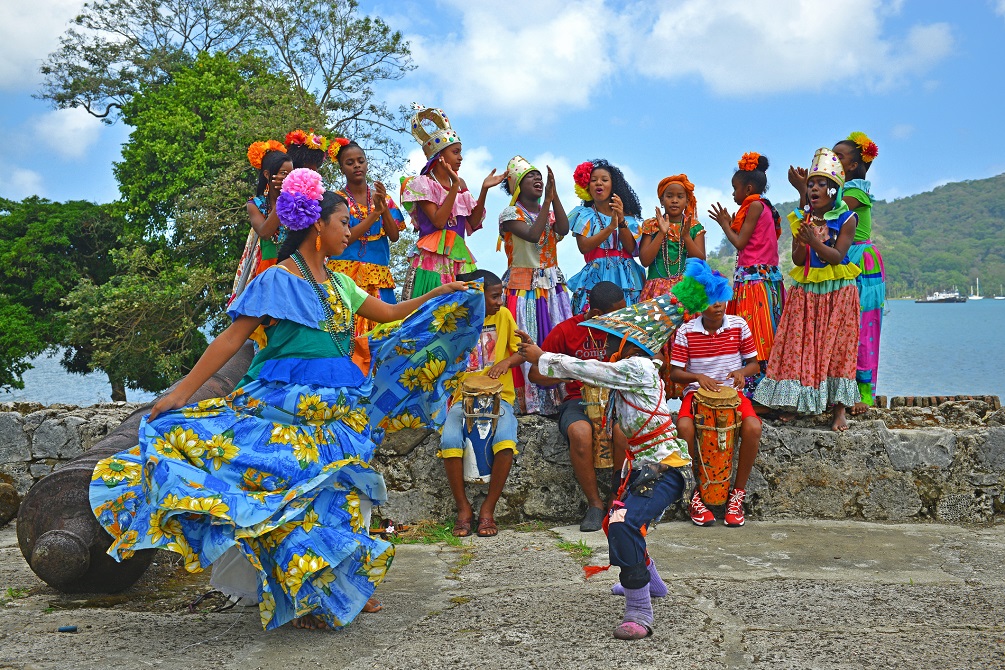
When one thinks of Panama, no doubt lush tropical beaches and vast stretches of golden sand spring to mind. Whilst this most certainly is true, an undeniable signature of Panama is the mark this small country has had on history.
So, whist we definitely recommend exploring the abundance of life found in the rainforests and off the coasts of the country, be sure to discover some of the culturally significant landmarks that shaped the country to what it is today. Read on to discover more.
Biomuseo
One of the newest additions to the list, the Biomusseo is an abstractly designed building showcasing the wondrously diverse flora and fauna of the country. This museum is solely dedicated to the natural history found within Panama, as well as the cultural history of some of the first people of Panama.
Thousands of years ago, with the formation of the Panama land bridge, a connection was made between species in the Northern and Southern American continents. Panama played an important role in the evolution of certain species and this museum showcases the rise of the Isthmus.
Situated on the Amador Causeway, a 6km stretch of road extending into the Pacific ocean, the museum was designed by famed architect Frank Gehry in 1999. It wasn’t until 15 years later, in 2014 when this uniquely designed building was complete. A must-see for the architecture alone. An added bonus if you are interested in biodiversity.
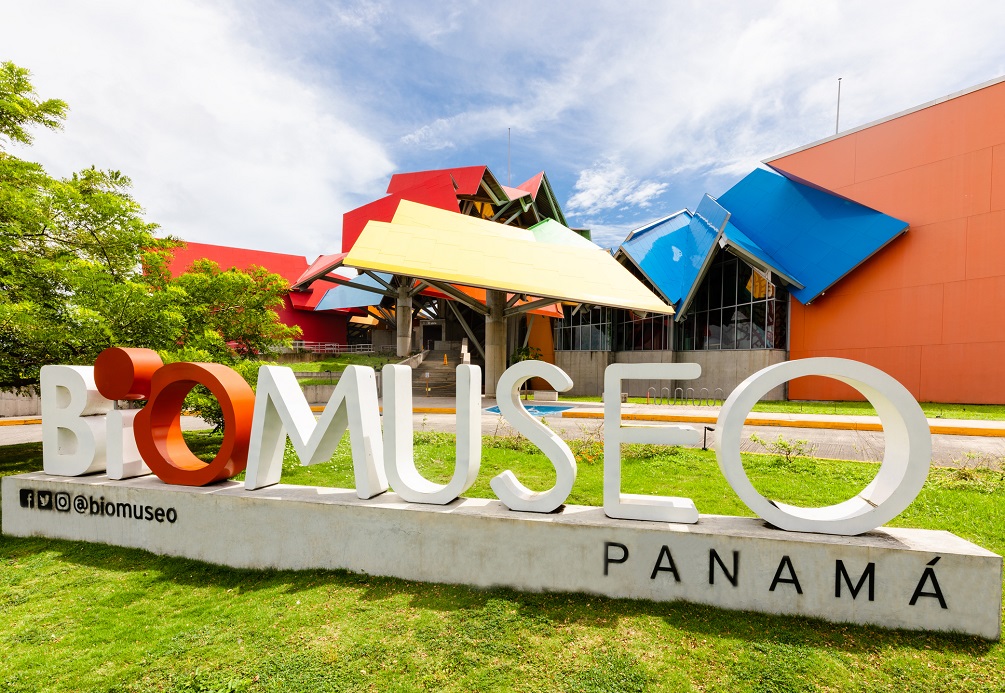
Panama Viejo
Panama Viejo is what remains of the former city. Destroyed in 1671, by Welsh privateer Henry Morgan, it was never officially rebuilt. Rather, the new town was constructed 7km Southeast, on a small peninsula on the foothills of Ancon Hill. Due to the previous settlements in Panama Viejo, Panama City is now the oldest continuously occupied European settlement on the Pacific coast of the Americas.
The history of Panama Viejo is a sad one, affected by years of travesties including ravaging fires, earthquakes, and slave rebellions. Ultimately, the demise was caused by pirates. Now, visitors can witness an area rich in history. The archaeological evidence from its former glory still remains, with the original street plan and religious structures still standing.
Much of the setting is in the open, with limited shelter, so remember to pack plenty of water and sunscreen.
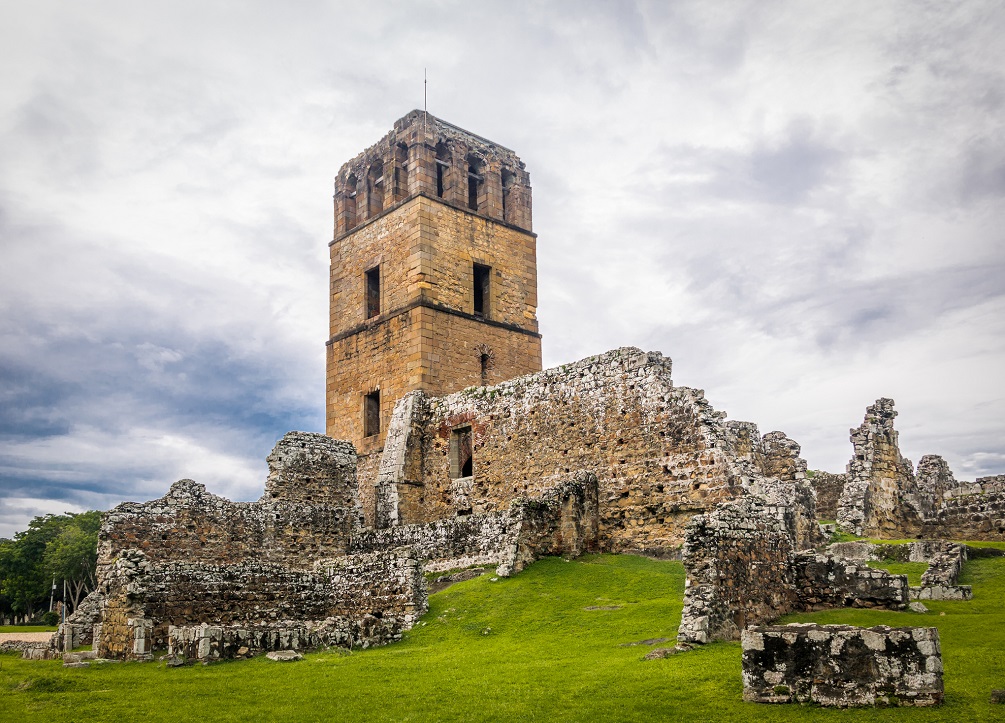
La Villa de los Santos
Journey into the Los Santos District of Panama and you will discover its capital of La Villa de Los Santos. Founded in 1555, the town has an important role in the history of Panama. It was here where the first inklings of an independent Panama began.
Because of this cultural significance, festivities are held each year to uphold the traditions. Lasting 2 weeks, the festival draws Panamanians from all around the country to partake in the celebrations. It is a colorful affair, with plenty of dancing, arts, and music.
While in the region, discover the central church: Iglesia de San Atanasio. A national monument, the building dates back to 1773. The real talking point is inside, however, as the alter and arch are ornately decorated in gold. An intricately beautiful piece of art.
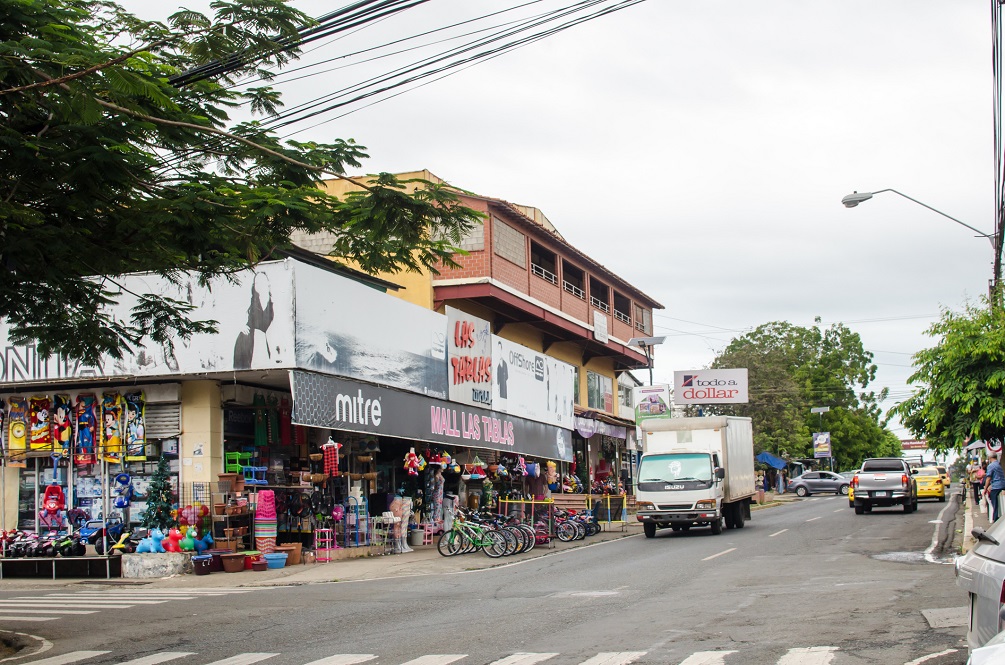
Miraflores Visitor Center
Part of a system of locks that form part of the Panama Canal, the visitor center here allows guests to have a full view of the Miraflores lock in operation. Here, ships are lifted an incredible 16.5 meters, allowing access into the Pacific Ocean port of Balboa.
Watching a ship pass through the canal is no small feat, and operations can take 30 minutes or more. Admission is US$15. It really is an incredible sight watching the enormous ships negotiate the narrow waterways, and pays tribute to the human engineering work that mand this accomplishment possible.
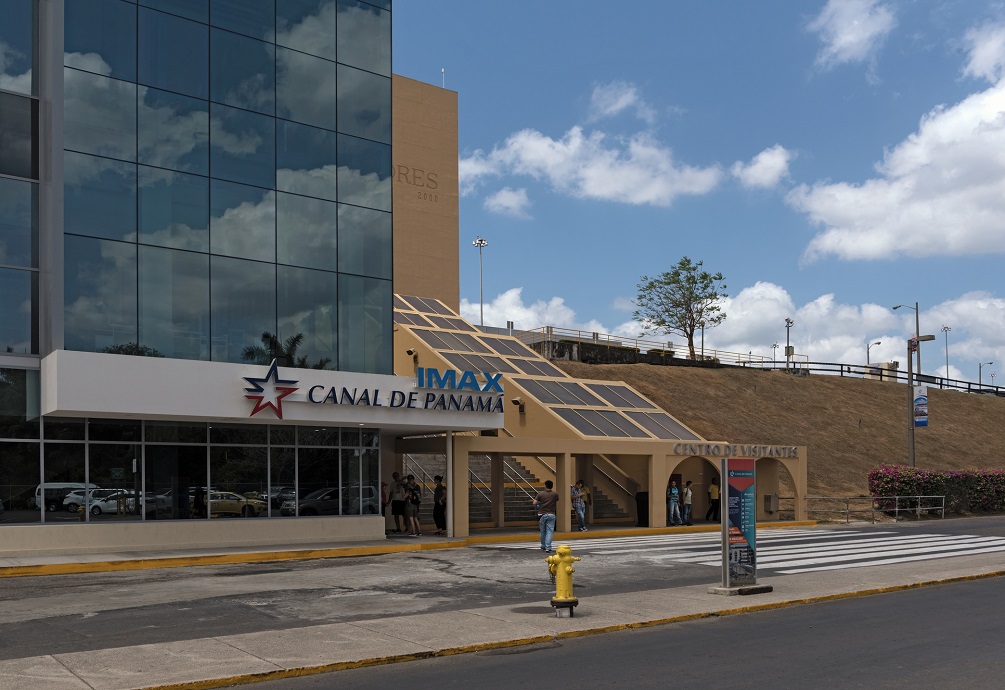
Panama Canal Museum
Moving on from Miraflores, but keeping in touch with the canal, pay a visit to the Panama Canal Museum. Aptly named, this museum promotes and rescues the historical memory of Panama and the mighty canal. The tour brings to life real testimonies of building the canal – from the exploration to the difficult process of building the canal.
Within the museum, expect to find artifacts recovered from the initial excavation of the canal, as well as harrowing stories of real-life accounts. The current museum building dates back to 1874 and was originally used as the headquarters for French and US canal engineers.
Cinta Costera
A modern, yet historical accomplishment, Cinta Costera is a 64-acre land reclamation project in Panama City. Costing a whopping US$189 million, “The Cinta”, as it’s locally referred to, is the city’s modern waterfront boulevard.
This is the ideal place for recreational activities, with spectacular views of the Pacific.
Fort San Lorenzo
In the Colón province of Panama, near the mouth of the biggest river in the country, the remains of the impressive Fort San Lorenzo stands tall. In front of the fort, the Caribbean sea spreads endlessly over the horizon. Behind, over 30000 acres of the protected rainforest; home to a wide array of tropical wildlife.
Construction of the fort began in 1598, under the order of Spanish king Felipe II, to protect the entrance of the route to the Americas. However, the fort came under heavy and relentless attacks from notorious pirates – Francis Drake, Henry Morgan, and Edward Vernon.
Today, the site is UNESCO World Heritage Site, owing to its extraordinary location and architectural achievement. Visitors to the fort have the opportunity to walk amongst the ruins and discover what life was like here 400 years ago. This is also a great place for wildlife spotting. From Panama City, the trip will take approximately 1.5hours via car.
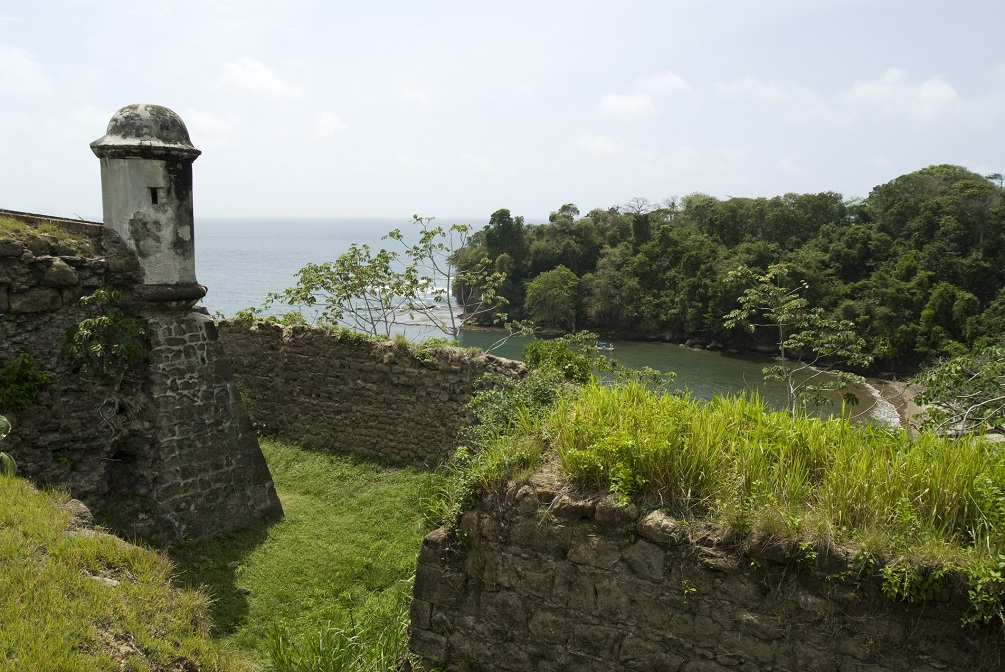

Chris Pratt
St Albans, Hertfordshire
Not Just Travel
07878803324
chris.pratt@notjusttravel.com
Specialist Area:
City Breaks, Beaches, Action & Adventure, All Inclusive, Cruise, Yachts & Sailing, Family, Weddings and Honeymoon, Ski, Solo Travel, Luxury
View ProfileRelated Articles
Related News
SIGN UP FOR OUR MAILING LIST
Enter your email address and receive daily or weekly updates with the latest articles, news and videos.Copyright © 2021 Experienced Travellers Ltd. Experienced Travellers Ltd is not responsible for the content of external sites. Read about our approach external linking.






